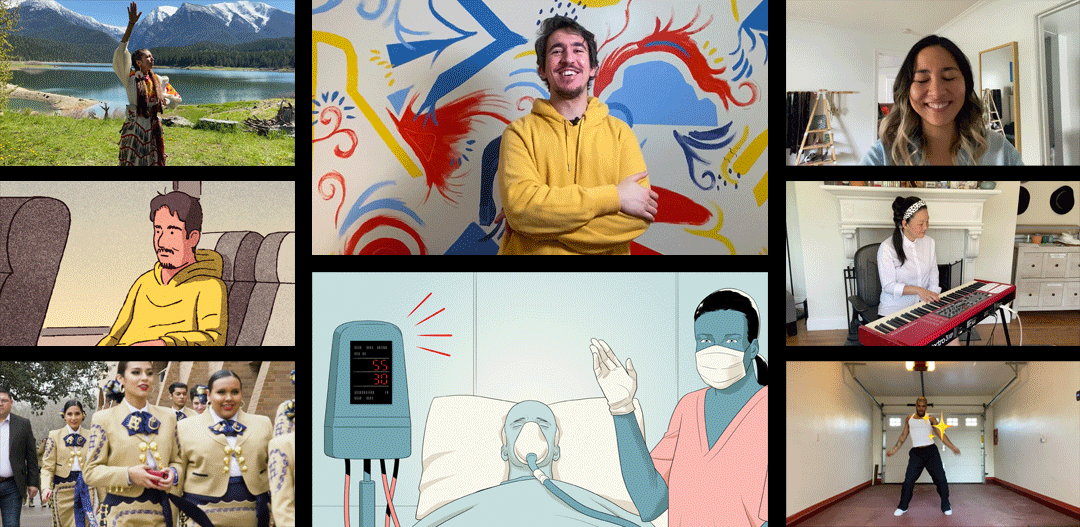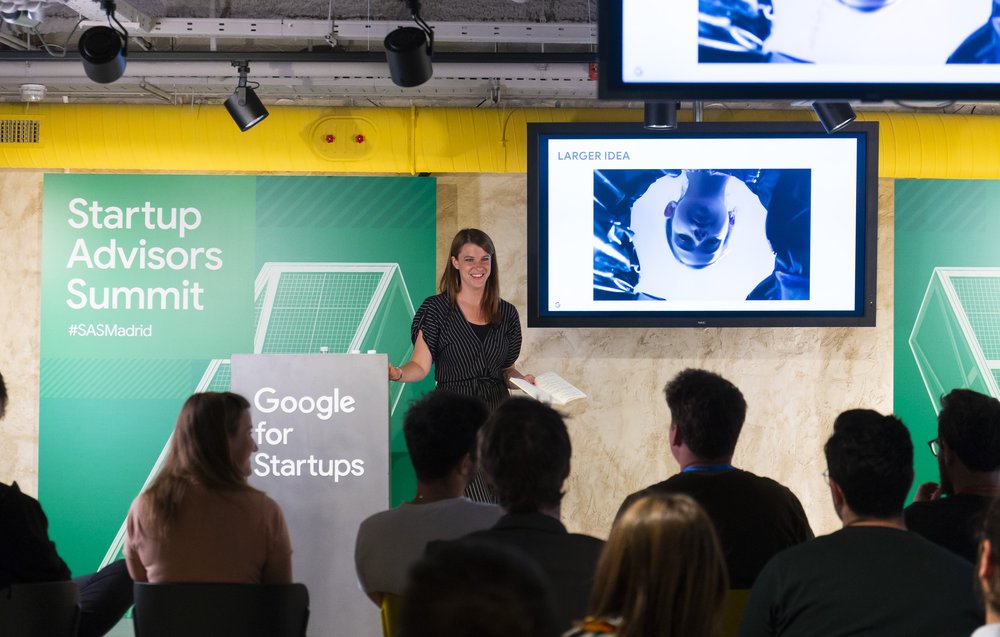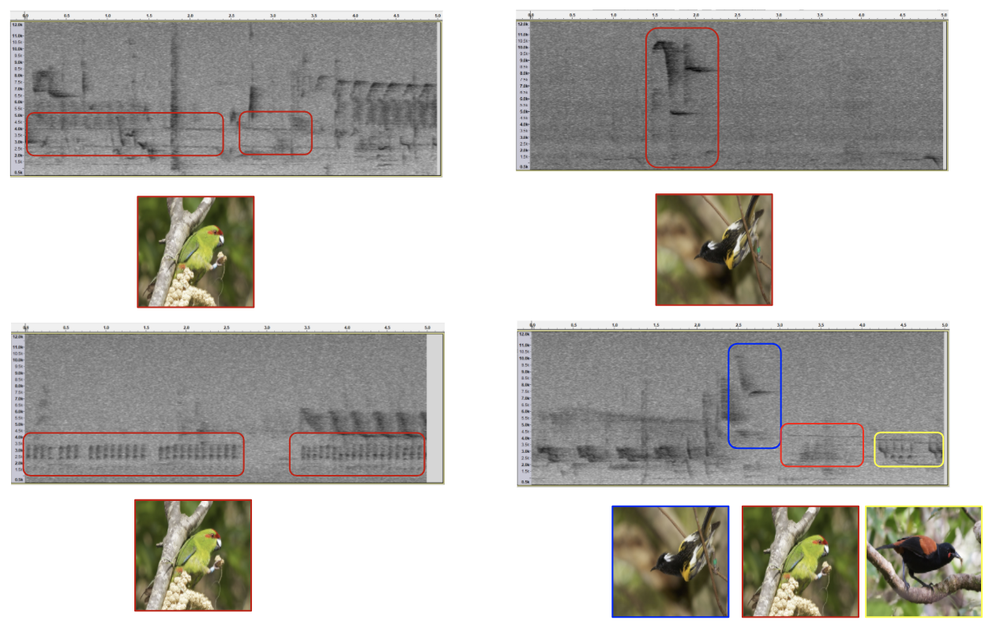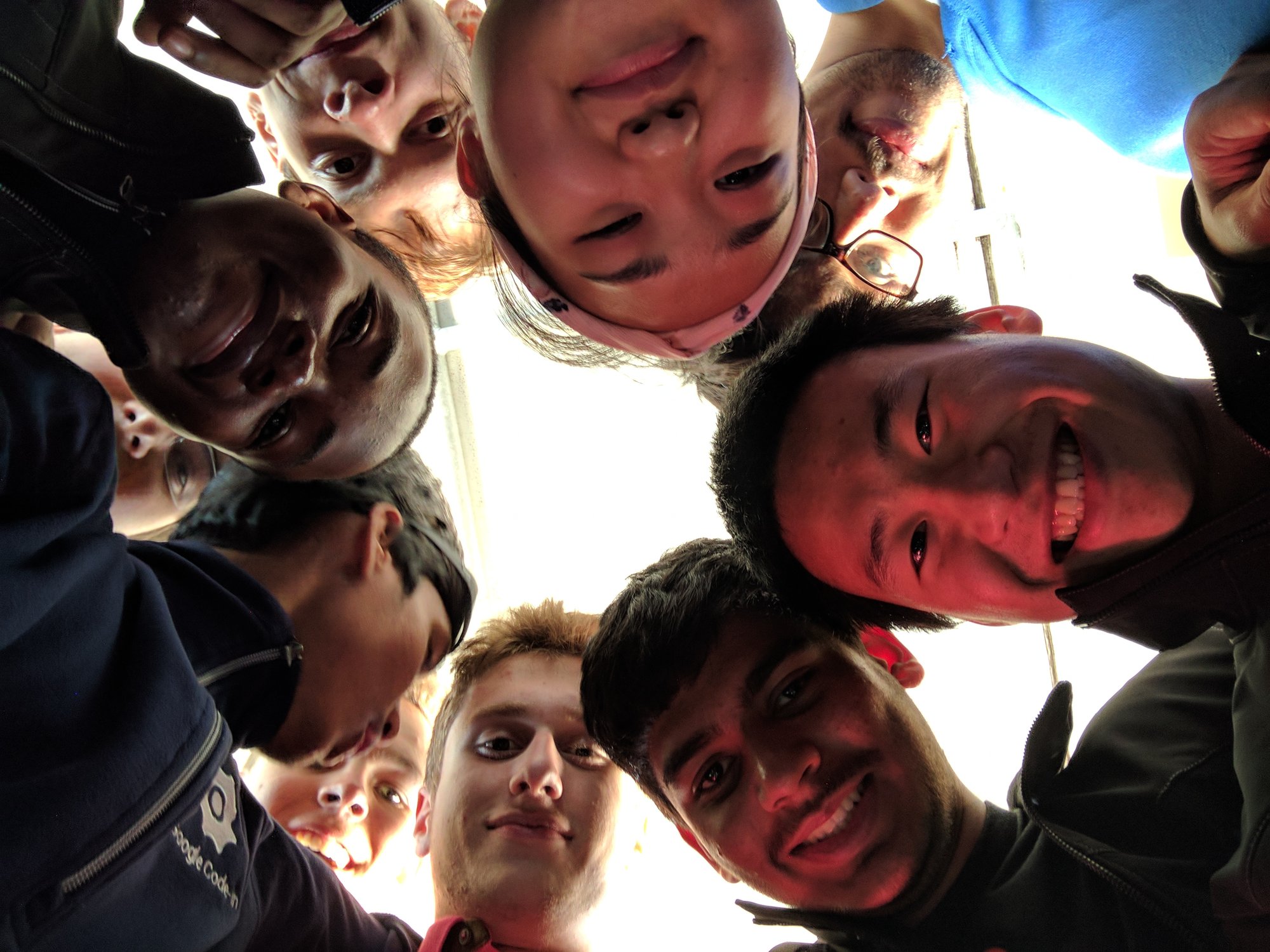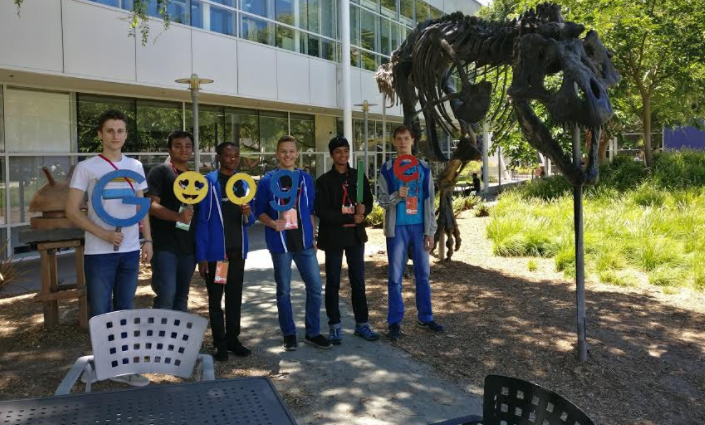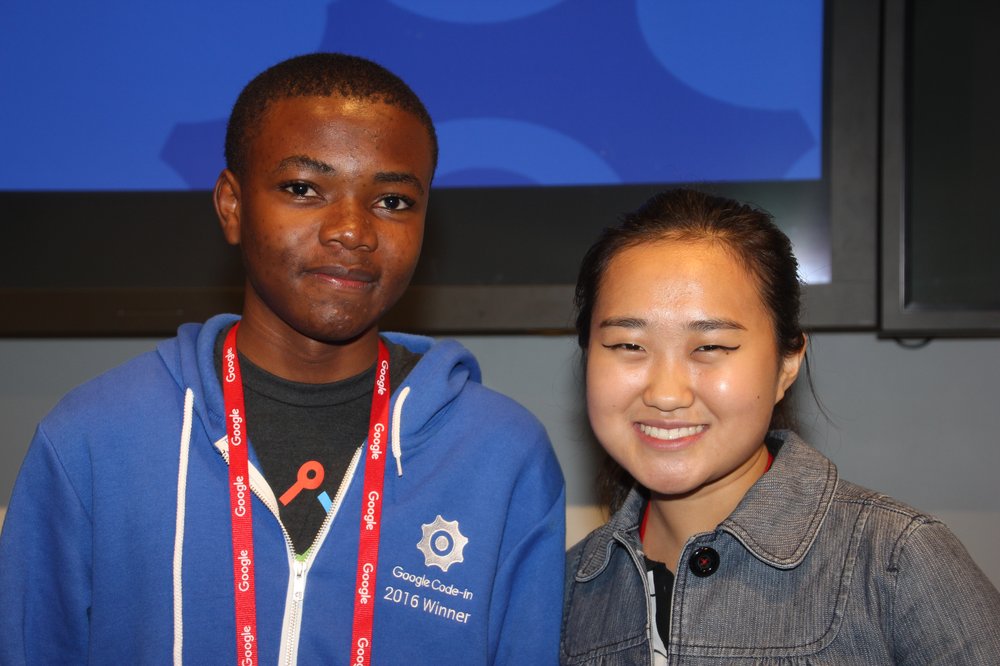I never considered myself an addict until the day I found myself huddled under my covers at four in the afternoon, hungover and wishing my surroundings would disappear. This wasn’t the first time that had happened—in fact, it had become a weekly occurrence—but as I curled up into a ball, feeling pathetic and utterly alone, I realized I had no other options. I grabbed my phone from my nightstand and searched “rehab centers near me.”
I’d been dealing with major depression for years, and up until that moment I thought I had tried everything to find a cure. Special diets, an alphabet soup of antidepressant regimens, group therapy, solo therapy, transcranial magnetic stimulation, ketamine infusions. The only thing I hadn’t tried was sobriety. Drugs and alcohol were my only escape. I couldn’t fathom giving up the one thing that freed myself from the darkest grips of my own mind.
My Google search surfaced a number of local treatment centers, and after making some calls, I found one with a program that could help me. That was more than two years ago. Since then, thanks to hard work that continues today, I’ve remained sober and depression-free.
Most people in recovery would agree: you can’t do it alone. It’s a reciprocal relationship—my recovery community helps to keep me sober, and my sobriety allows me to play an active role in that community. Twelve-step programs, new habits and the support of others with similar experiences provide a foundation, and then I can build a life I never thought was possible to live when depression controlled my every moment.
That foundation has carried me through COVID-19. Staying sober during a global pandemic is a bit of a paradox. During a time when people are more isolated than ever before, turning to substances to self-soothe seems like a natural response. And the data backs that up: Google searches for “how to get clean” reached an all-time high in June, and “how to get sober” surged in June and then again in August. In the past 30 days, searches for “rehab near me” hit their second-highest peak in recorded history.
And yet sobriety—in an era where it’s harder than ever to stay sober—is precisely what’s gotten me through this time. Staying sober has let me be present with my emotions, to face my anxieties and difficulties head-on. While I can’t numb my feelings, I can protect my mental health. My recovery practice has allowed me to do just that: Daily gratitude lists remind me how fortunate I still am, my sponsor regularly offers wisdom and advice, my peers hold space for my challenges and I do the same for them.
In the throes of my own crisis, the first place I turned to for help was Google. I ended up at a rehab center that profoundly transformed the way I move through the world. Last September, as part of National Recovery Month, Google made these resources even easier to find with its Recover Together site. This year, Google is adding even more features, including a mapping tool that allows you to search for local support groups by simply typing in your zip code. Of course, the search results also include virtual meetings, now that many programs have moved online.
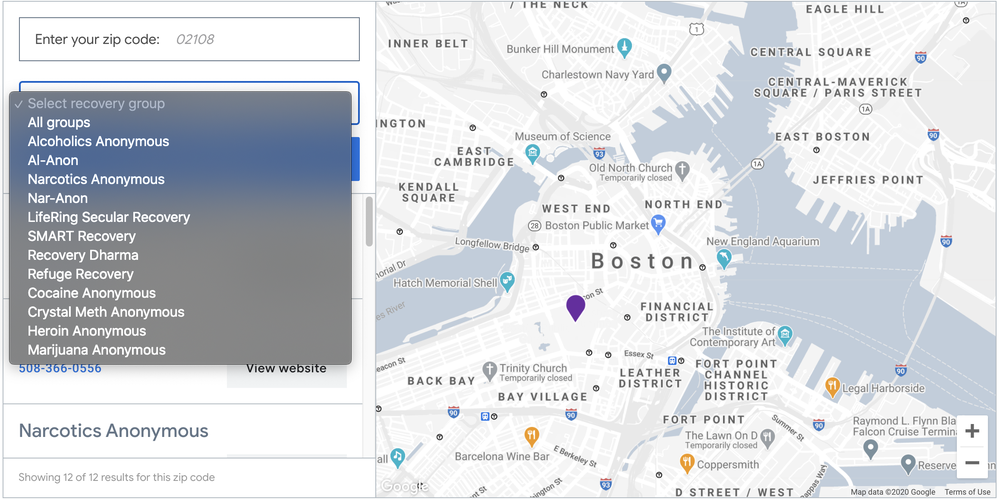
Our new Recover Together map shows nearby (and virtual) support groups.
I’m proud to work for a company that prioritizes an issue that affects an estimated one in eight American adults and their loved ones. I’m proud to work for a company where I can take time from my day to attend 12-step meetings, no questions asked, and where I can bring my whole self to work and speak freely about my struggles. And I’m proud to work for a company that celebrates my experience as one of triumph rather than shame. That’s committed to reducing the stigma around addiction by providing resources for people like me.
Recovery doesn’t happen in a vacuum. I can’t do it all by myself, which is why I’m sharing my story today. I hope that even one person who has fought similar battles will read what I have to say and realize that they, too, aren’t in this alone.
